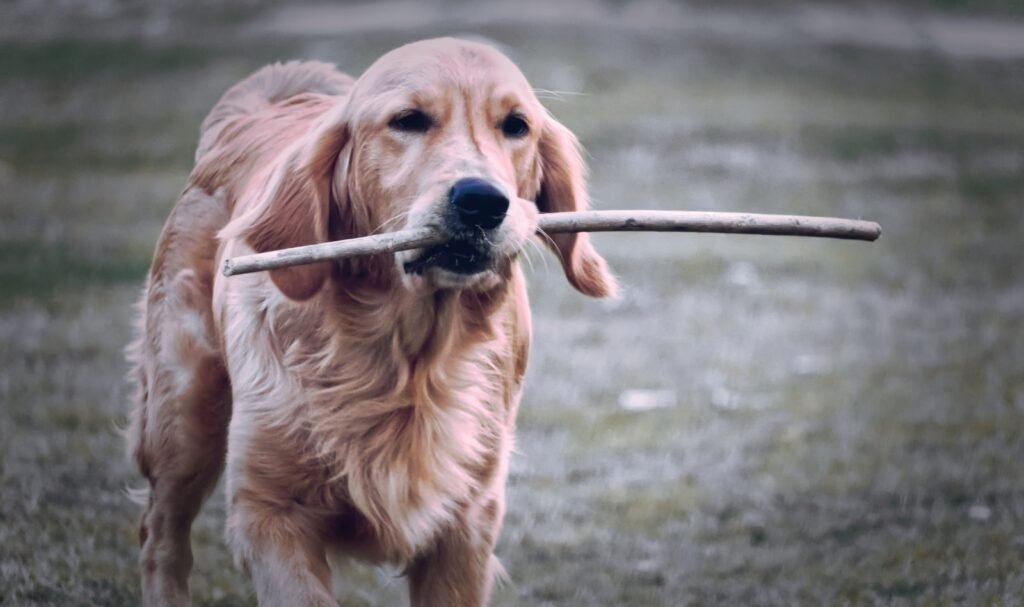A stone clacks against a shell, a twig dips into a hidden tunnel, a leaf becomes a glove – across forests, reefs, and coastlines, animals are turning the world into a workshop. For decades, scientists assumed tool use was humanity’s calling card, the unmistakable line between our minds and theirs. Then field notes, camera traps, and patient observation began to redraw that line, revealing a surprising range of inventors and traditions. Today the mystery isn’t whether animals use tools – it’s how those tools evolve, spread, and change the fate of species living on a planet in flux. And the answers could rewrite what we think we know about intelligence, culture, and even the origins of technology itself.
The Hidden Clues
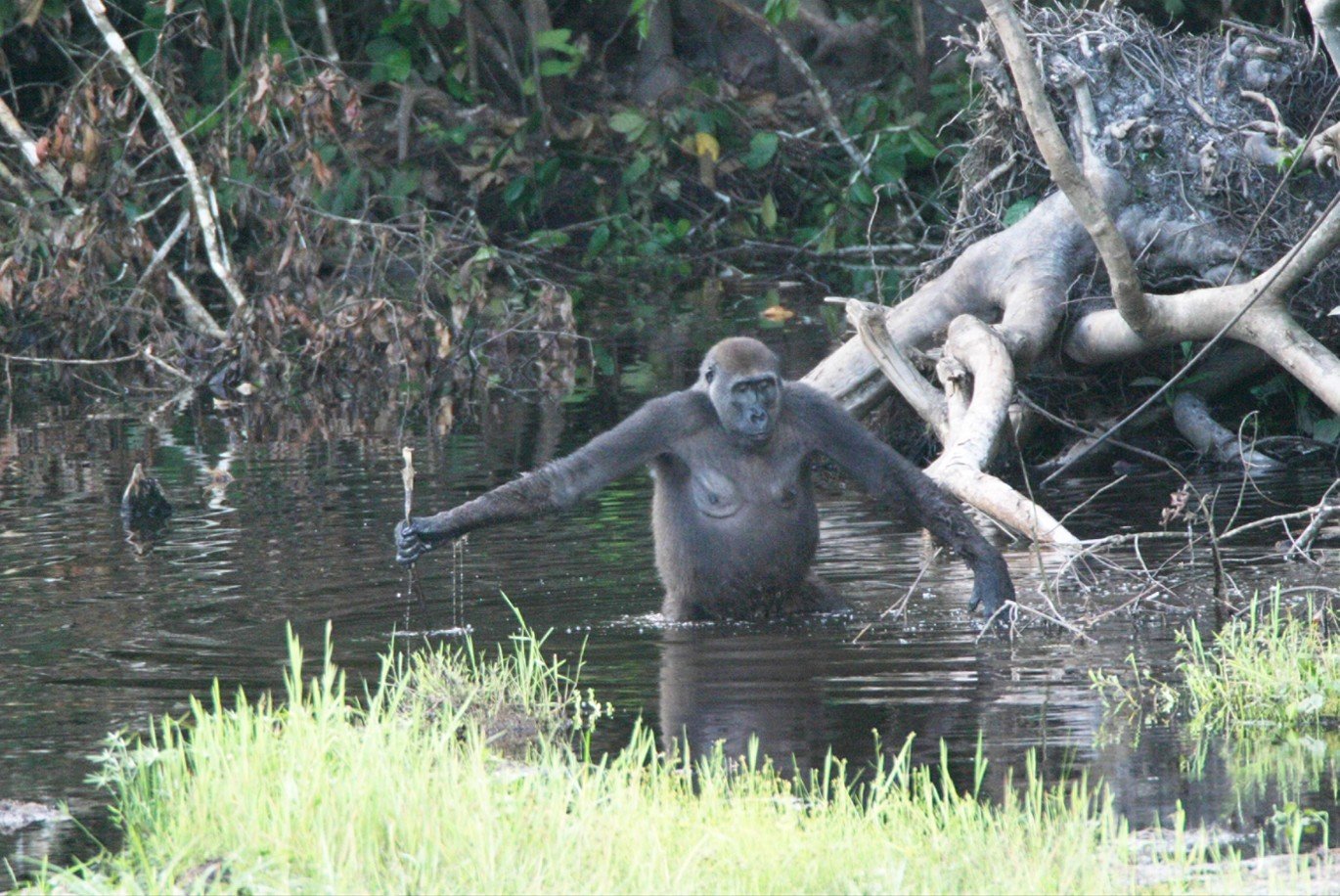
Tool use often slips by in plain sight, tucked inside the everyday chaos of wild lives, which makes discovery feel a bit like solving a riddle in motion. On a tropical reef, a tuskfish smashes clams against a favorite rock anvil, and if you blink, that rock is just another boulder. In a muddy estuary, a bottlenose dolphin pushes its snout into a marine sponge to shield its skin while probing sharp rubble for prey, a behavior that looks like routine foraging until you catch the protective gear. I still remember the first time I watched a capuchin heft a palm nut and bring it down on a sun‑warmed stone – no lecture could match that sharp, ringing proof of problem‑solving. These moments are small, but they’re also blueprints, showing us how bodies, environments, and materials combine to unlock new possibilities.
From Ancient Tools to Modern Science
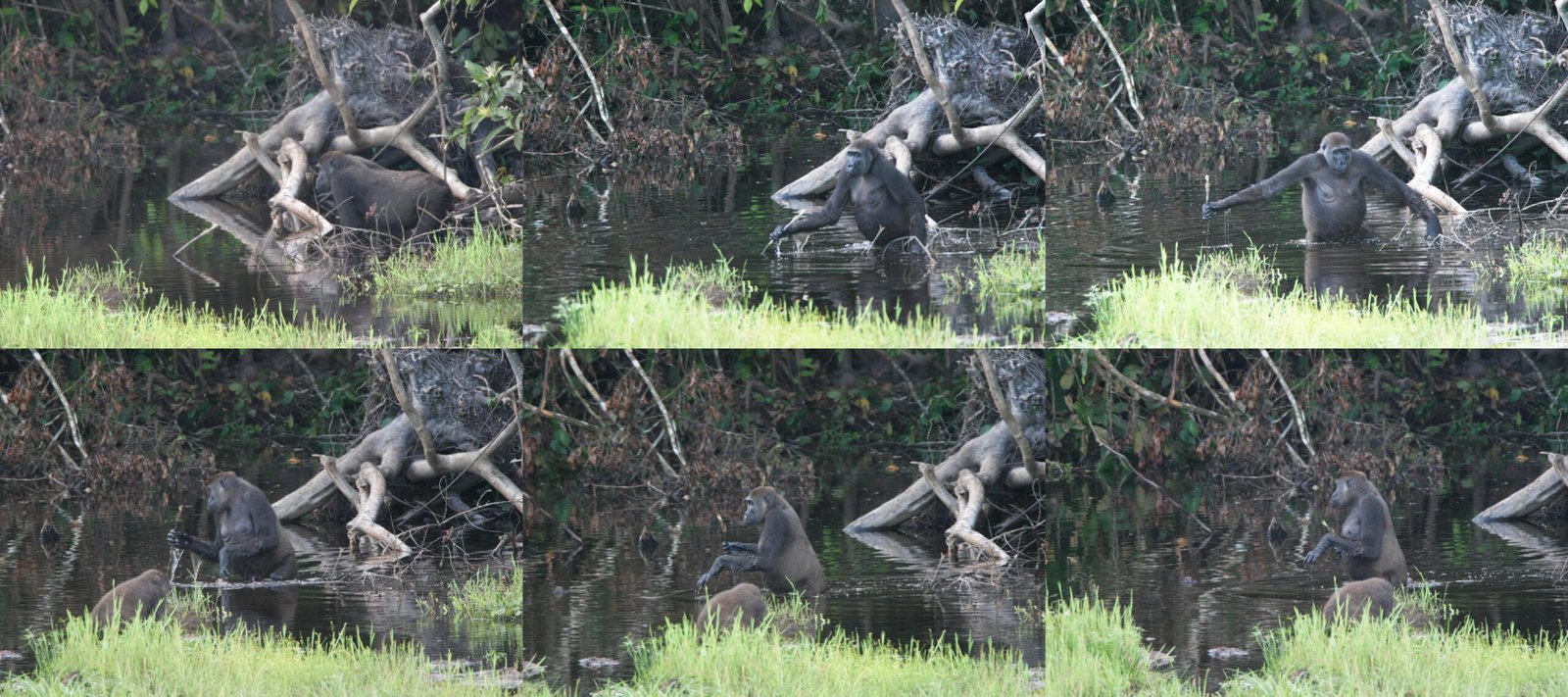
When primatologists first documented chimpanzees fishing for termites with carefully prepared twigs, it shook the old story that tools belonged to us alone. Since then, the cast of makers has grown: New Caledonian crows fashion hooks from twigs and cut serrated tools from pandanus leaves, woodpecker finches pry grubs with cactus spines, and Egyptian vultures lob stones to crack ostrich eggs. Sea otters roll on their backs to hammer shellfish against chest‑held rocks, a technique taught through close contact that echoes across generations. Elephants wield branches to swat flies or scratch unreachable itches, a quiet reminder that a trunk and a brain can turn a stick into a solution. Layered over time, these records show a long, branching history of invention that modern field methods are finally capturing in high resolution.
Twelve Ways, Countless Minds at Work

Across the animal kingdom, tool use pops up as both a spark of insight and a tradition that spreads through families and groups. The list spans habitats and lineages: chimpanzees not only termite‑fish but in some populations craft spear‑like sticks to hunt small primates; New Caledonian crows bend hooks to extract hidden larvae; capuchins in Brazil pound nuts with hammer and anvil stones that leave archaeological traces. Dolphins in Shark Bay carry sponges on their snouts; veined octopuses gather coconut shells and carry them like portable armor; tuskfish use rock anvils; sea otters crack clams with stones held at the chest. Woodpecker finches probe with cactus spines; Egyptian vultures shatter eggs with stones; elephants convert branches into fly‑swatters; and certain ants drop sand grains or leaf fragments into liquid food, then carry the soaked “sponges” home. Each case shows a slightly different equation – anatomy, ecology, and social life – solved with an object turned into a tool.
The Social Routes of Invention
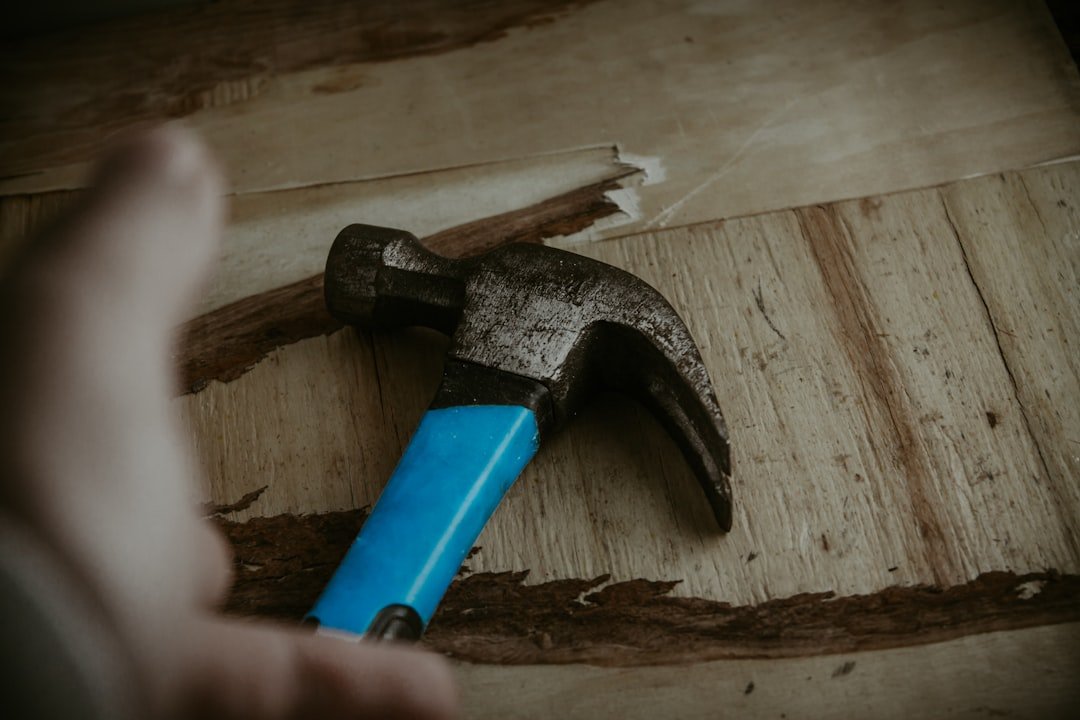
Tool use doesn’t spread by magic; it moves along social highways, guided by who watches whom and how tolerant groups are of learners. In dolphins, sponge‑carrying mothers pass the technique to daughters, and that line of inheritance becomes a cultural fingerprint on the seafloor. Among capuchins, youngsters shadow skilled adults for years, slowly improving their aim and timing until stones shatter the toughest nuts, a patient apprenticeship that looks a lot like craft training. Crows and chimpanzees also copy successful strategies, but they tinker too – altering tool shape or using different materials when the local ecology demands it. Social learning means a clever solution can outlive its inventor, gaining a foothold as conditions change and opportunities arise.
Why It Matters
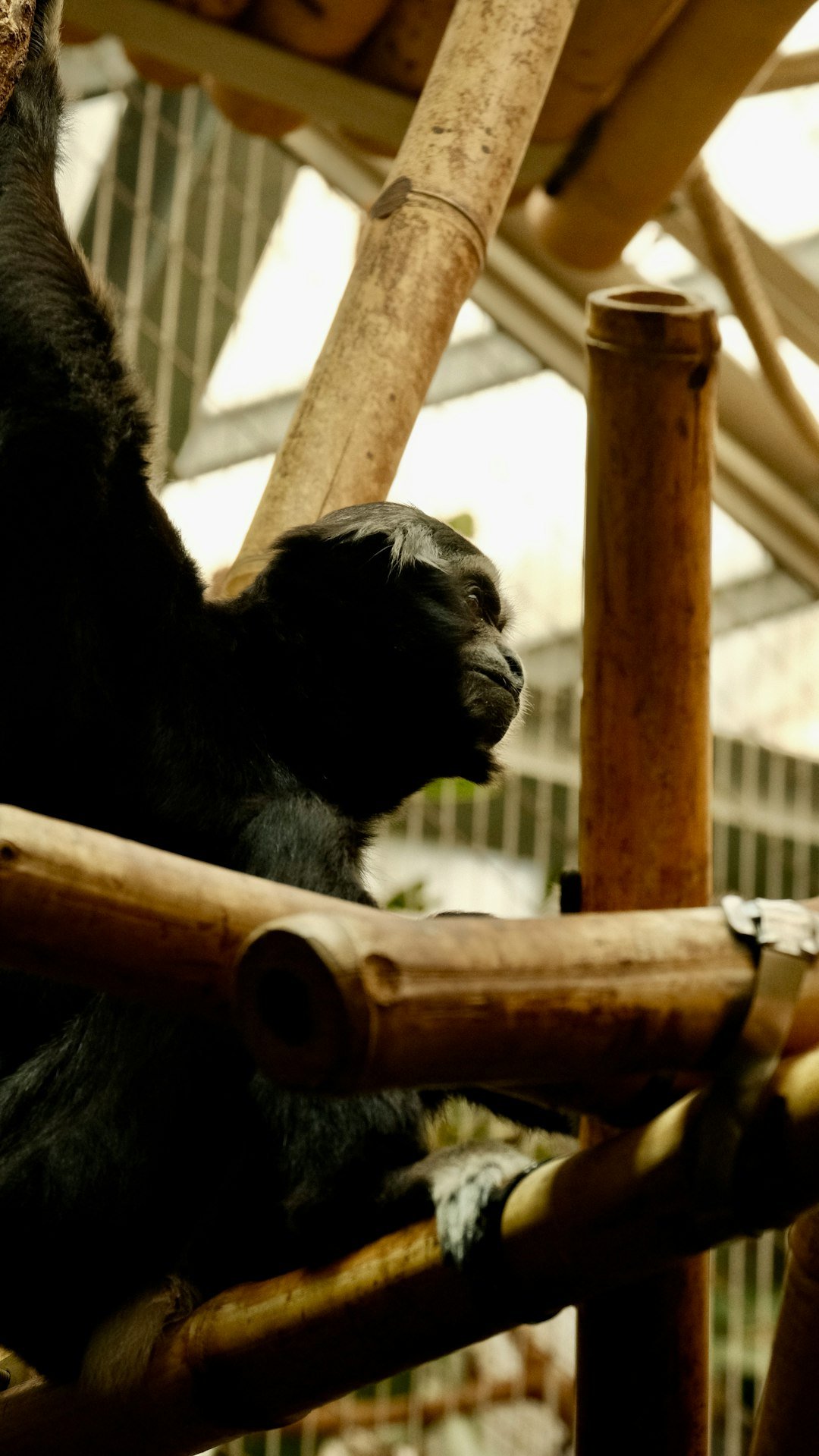
Understanding animal tool use isn’t a curiosity; it’s a powerful test of how flexible minds meet demanding environments. Compared with lab tasks that confine behavior to simple choices, field‑based tool records reveal creativity under real constraints – currents, predators, competition, and materials that break or rot. These behaviors offer rare windows into planning, causal reasoning, and even proto‑cultures, where learned traditions spread without genes doing the heavy lifting. They also speak to resilience: when drought shifts food availability or waves rearrange a reef, species with tool traditions may pivot faster. For scientists designing robots or conservation strategies, that flexibility is a design principle – use what’s at hand, adapt fast, and share what works.
Global Perspectives

The map of animal tools looks like a constellation scattered across continents and oceans, each cluster shaped by local pressures and materials. In West and Central Africa, different chimp communities show distinct repertoires, from nut‑cracking to algae fishing, while in the Pacific, crows manipulate plant fibers other birds ignore. Reef fish near anvil‑rich zones smash prey; where smooth bottoms dominate, the behavior subsides, underscoring how landscapes scaffold learning. Even within the same species, traditions diverge: some dolphin communities sponge, others don’t, despite living within swimming distance of one another. The takeaway is sobering and hopeful at once – culture can be as local as a cove, and protecting those places can safeguard ideas as well as animals.
From Ancient Tools to Modern Science
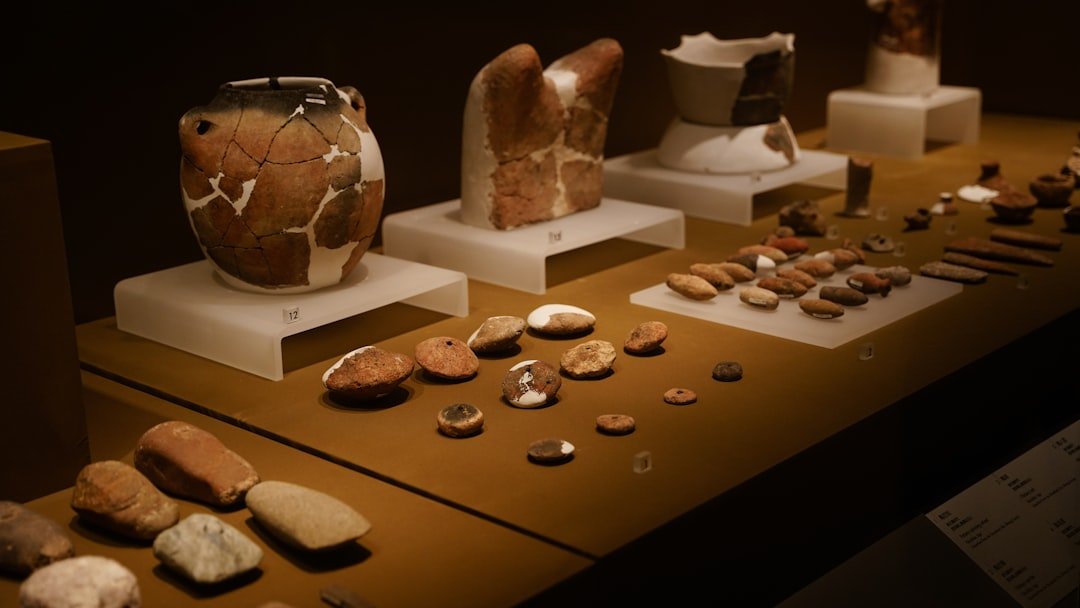
Archaeology isn’t just for humans anymore; researchers are reading stone‑tool landscapes left by monkeys and long‑term shell middens created by otters. Weathered hammerstones at capuchin sites hold microscopic wear patterns that reveal repeated impacts, while piles of cracked shells mark generations of coastal otter meals. These traces turn behavior into a timeline, letting scientists ask when and how innovations took root and whether climate swings accelerated change. Pair those records with genetics and you can test whether learned traditions move independently of DNA, creating pockets of cultural inheritance. It’s a new kind of time machine, one that connects living behavior to deep ecological history.
The Future Landscape
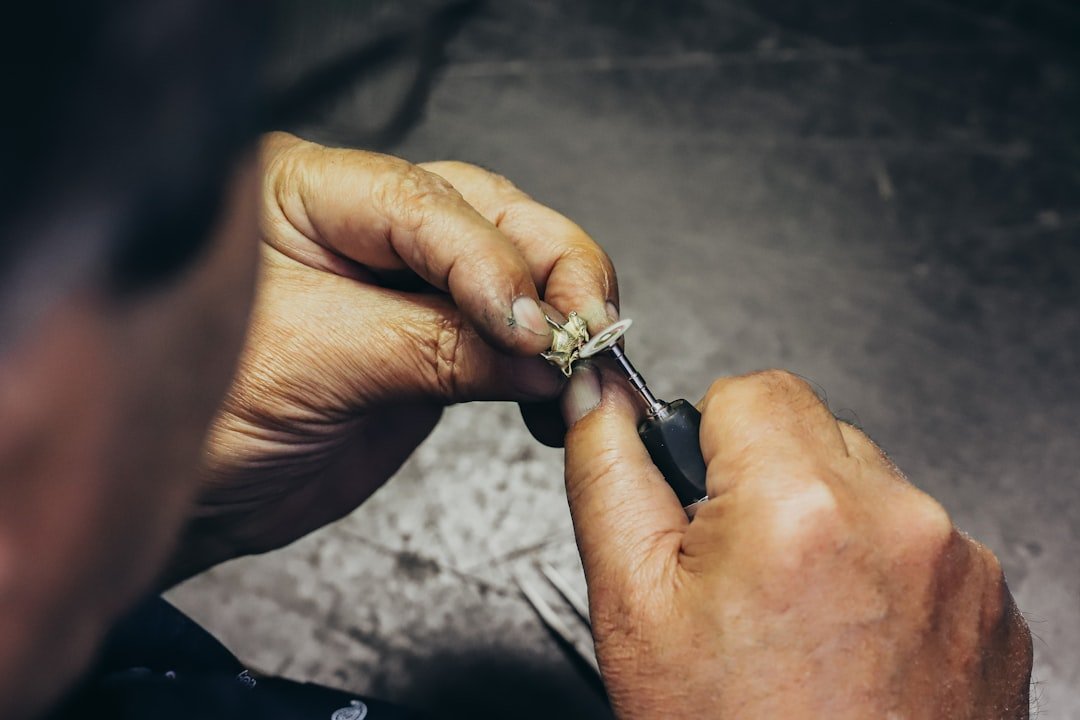
New tools are letting us see old tools more clearly: drones track dolphins without crowding them, biologgers capture the wrist flicks of nut‑cracking primates, and machine‑learning models scan thousands of hours of video for rare events. The next frontier is synthesis – linking behavior, habitat, and demography so we can predict where innovations will emerge and which are most vulnerable to disruption. There are challenges, including the risk of over‑interpreting clever acts as human‑like thoughts, and the thorny question of when to intervene if a tradition hinges on fragile habitat. But the momentum is real, and as datasets grow, we’ll move from anecdotes to population‑level models that treat culture as a variable alongside rainfall and food. That shift could change how conservation is funded and planned, prioritizing not just species, but the knowledge they carry.
What You Can Do

Supporting animal ingenuity starts with protecting the classrooms where it’s taught – reefs with good rock anvils, forests with nut‑bearing trees, coastlines where otters can forage safely. Small choices add up: choose seafood from well‑managed fisheries, cut back on single‑use plastics that clog marine hunting grounds, and give wildlife space when you’re lucky enough to spot it. Citizen‑science platforms can also help researchers find patterns faster by pooling credible observations from around the world. If you’re an educator or parent, share stories of animal tools to spark curiosity early; today’s fascination can become tomorrow’s fieldwork. In the end, every preserved habitat is a preserved idea, and ideas are what let wild minds keep solving problems we’ve only just learned to see.

Suhail Ahmed is a passionate digital professional and nature enthusiast with over 8 years of experience in content strategy, SEO, web development, and digital operations. Alongside his freelance journey, Suhail actively contributes to nature and wildlife platforms like Discover Wildlife, where he channels his curiosity for the planet into engaging, educational storytelling.
With a strong background in managing digital ecosystems — from ecommerce stores and WordPress websites to social media and automation — Suhail merges technical precision with creative insight. His content reflects a rare balance: SEO-friendly yet deeply human, data-informed yet emotionally resonant.
Driven by a love for discovery and storytelling, Suhail believes in using digital platforms to amplify causes that matter — especially those protecting Earth’s biodiversity and inspiring sustainable living. Whether he’s managing online projects or crafting wildlife content, his goal remains the same: to inform, inspire, and leave a positive digital footprint.

